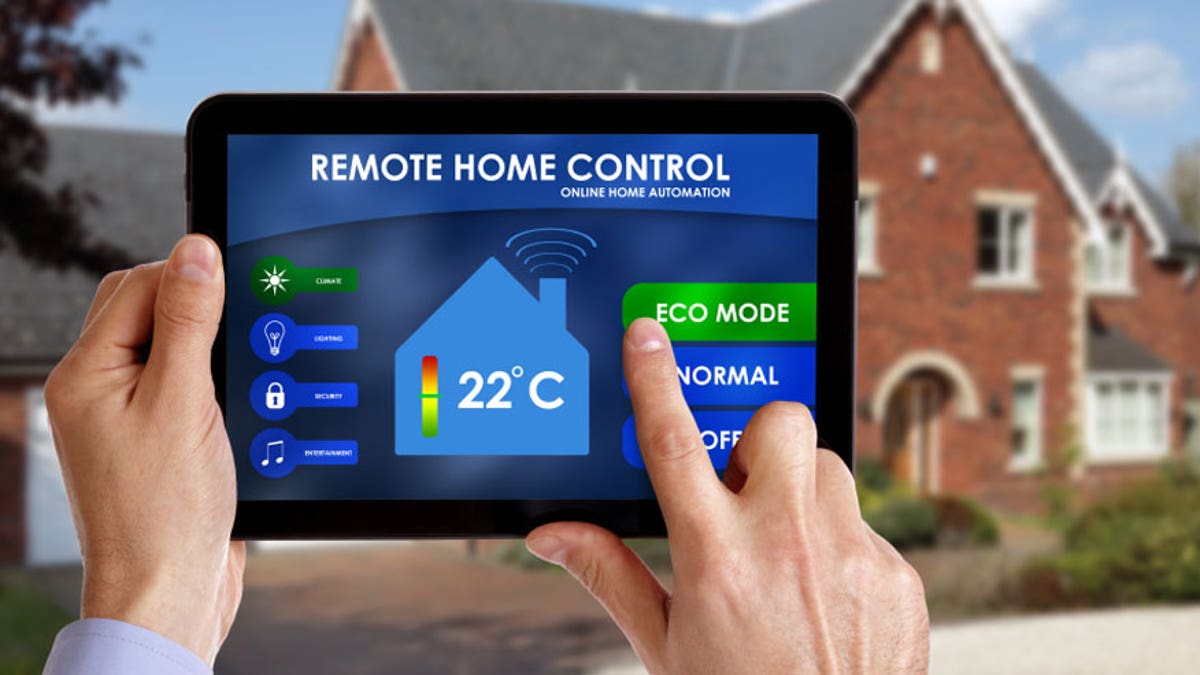
(iStock)
Smart home technology is all the rage these days. Even the most mundane technology — like light bulbs and smoke detectors — are connected to our smart phones. While this technology can make our lives easier, it also comes with certain drawbacks. Before you invest in a bunch of expensive gadgets, here are some of the biggest problems with smart home tech.
Not Always More Convenient
Smart home technology is supposed to make life more convenient. But all too often, it just ends up complicating simple actions. An analog light switch, for instance, takes a second to flip on and is always there when you need it. With a smart bulb such as the Philips Hue, turning on a light can become a more complicated process. You now have to look for your phone, unlock it, find the right app, open it and navigate to the right setting — a process that can take a minute or more. Looking to overcome the shortcomings of smart bulbs, some technology companies like Goldee and Belkin are making smart light switches that combine the convenience of a physical switch with the power of an app-enabled device. But these fixes can leave users feeling like they have to constantly upgrade their gear just to accomplish the simplest of tasks, which defeats the purpose of making a home smarter.
Bad Apps
Smart home gadgets come with the promise of transforming the way we we do things around the home. But while the hardware often delivers, the technology is only as good as its app, and many hardware manufacturers fail miserably when it comes to building good software. Users that have spent hundreds on the latest gadgets often find that the apps to control their new toys crash constantly, lack basic features and are bogged down with terrible interfaces that take forever to figure out. There’s also the problem of app clutter. There’s an app for your thermostat, one for your light bulbs, another one for the stereo and so on. Fortunately, some tech makers have realized that software is their weakness, and they have opened up their devices to third-party developers who have built better versions. Looking to capitalize on this problem, the company Revolv has put out an app and smart home hub that looks to unify all your smart home tech, and currently supports a wide range of smart home technologies like Sonos, Belkin and Philips Hue.
Security Concerns
Connected gadgets can make life a lot more convenient, giving you the ability to turn down the thermostat from work or make sure you turned the lights off. But having all these gadgets connected to the Internet also leaves them vulnerable to hackers. Last year, a security hole in a Internet-connected video baby monitor allowed a hacker to gain access to the device and terrify a Texas family. As these devices become more common, they will increasingly become targets for hackers looking to cause havoc and gain access to homes. While these sorts of security problems are pretty rare right now, they do crop up from time to time, so smart home gadget users need to make sure that they don’t let software updates go unnoticed and uninstalled.
Sky-High Costs
While smart home tech can be pretty useful, the sky-high cost puts them out of the reach of most people. Even those willing to spend a little extra for the latest and greatest should think twice before they fork over the cash. Consider an LED smart bulb for instance. A typical energy-efficient bulb costs around $1.75 for a CFL or $10 for an LED. A smart bulb on the other hand costs between $60 and $80 per bulb, which puts the cost of upgrading an entire single family home above a thousand dollars. The same is true for energy-saving gadgets. The Nest Thermostat costs 10 times the amount of a traditional programable thermostat, which means it could be years before the added energy savings offsets the cost of the device. Consumers can expect these devices to drop in price over time, but right now the high costs will keep them from going mainstream.



















